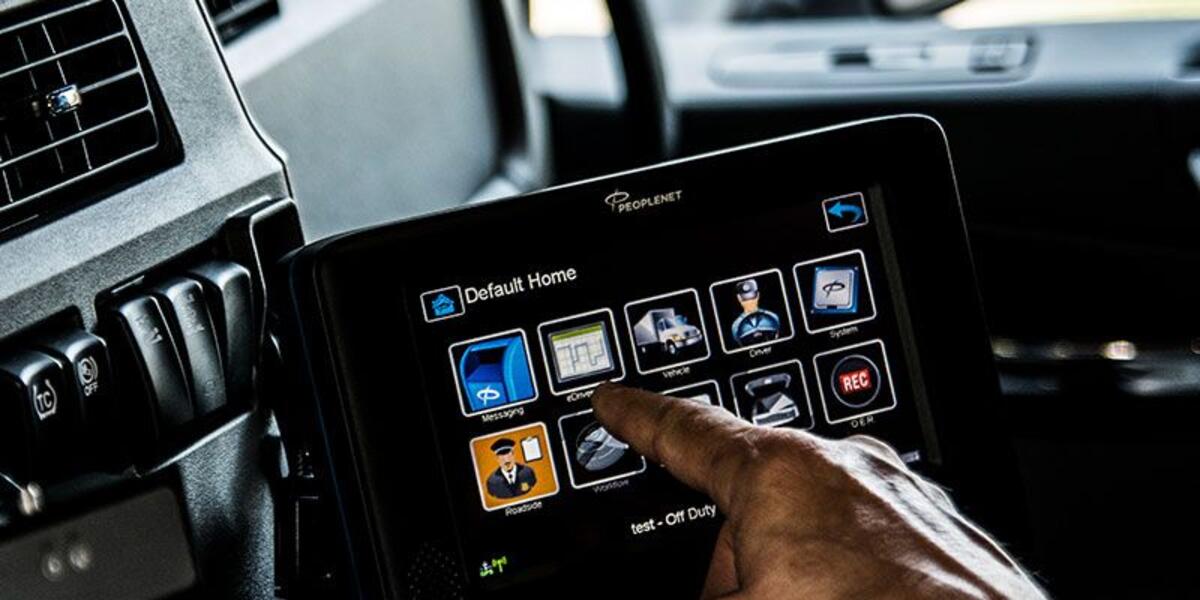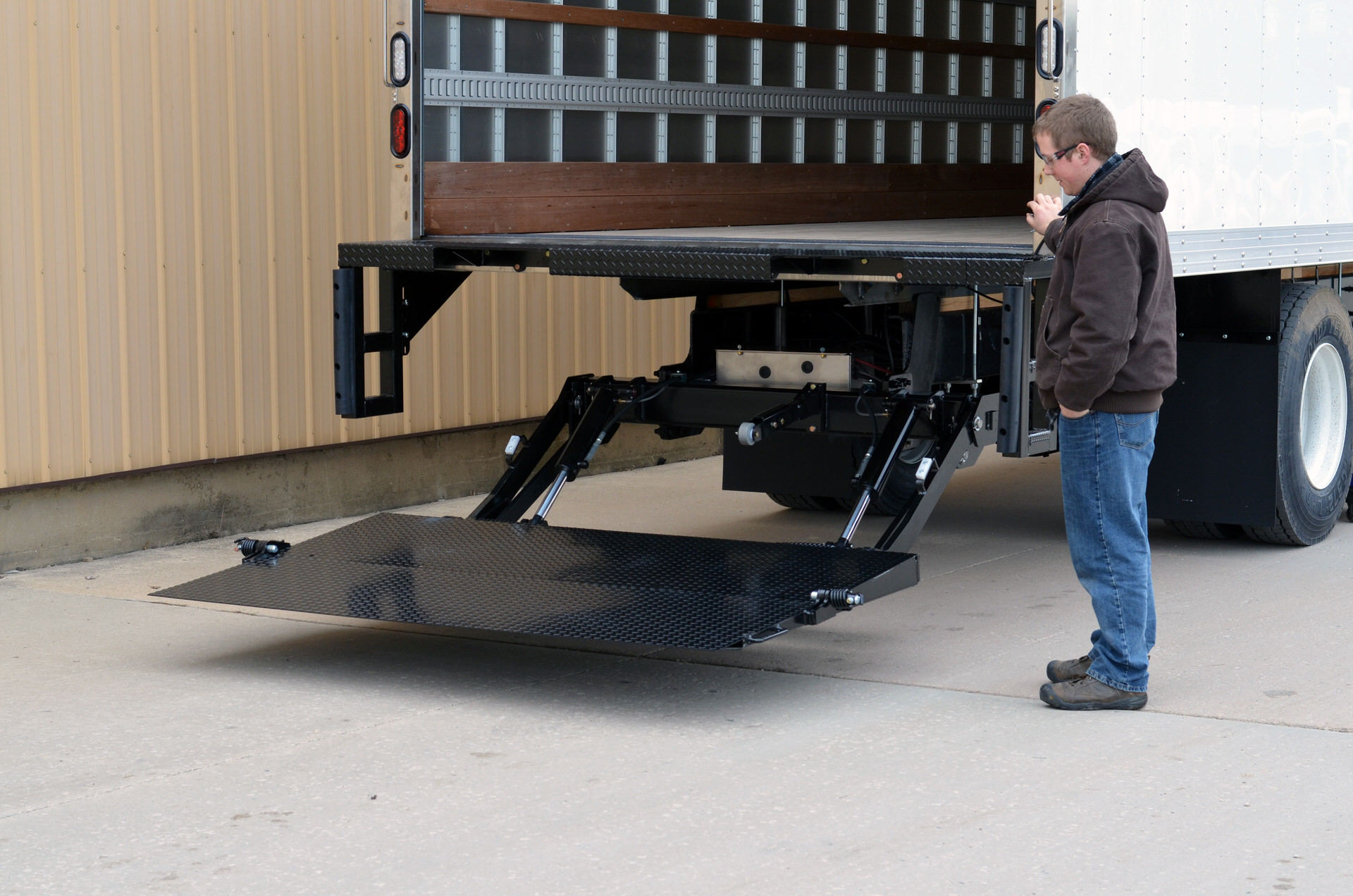California Electronic Logging Device (ELD) Mandate is effective on January 1, 2024, for California INTRAstate Motor Carriers.
California has been at the forefront of adopting stringent regulations to improve road safety and compliance in the trucking industry. While the federal government implemented the ELD mandate for interstate trucking companies in 2017, California codified the mandate in August 2018, with enforcement beginning in October of that year. Now, California has extended this requirement to intrastate operations, with full enforcement set to begin at the start of 2024.
Why is California making this change?
California is the last state to adopt an ELD mandate for its intrastate commercial drivers.
According to the California Highway Patrol’s (CHP) Notice of Proposed Regulation, “The actions will enhance the safe operation of motor vehicles and increase the competitiveness of California carriers by eliminating or modifying, to the extent possible, regulations which conflict with updated federal regulations, reducing negative impacts on businesses. This rulemaking will also allow the CHP to remain consistent with Federal Motor Carrier Safety Regulations (FMCSR) adopted by the United States Department of Transportation and addresses inconsistencies and incompatibilities between state and federal regulations.”
How are the California and FMCSA ELD mandates different?
For the most part, the California ELD regulations align with the FMCSA’s ELD mandate. However, there are differences that carriers and drivers traveling through California need to know to avoid violations.
| FMCSA ELD mandate | California ELD mandate | ||
|
|
||
|
|
||
|
May extend driving period up to 2 hours, but not the duty period. |
The exceptions to the California ELD mandate are the same as the FMCSA’s federal mandate and include:
Drivers who are operating under short-haul operations and aren’t required to keep record of duty status (RODS). Time records can be used in place of ELD.
Here are the exemptions:
- Drivers who are required to keep RODS not more than 8 days within any 30-day period.
- Drivers conducting a drive-away-tow-away operation, (an operation in which an empty or unladen motor vehicle with one or more sets of wheels on the surface of the roadway is being transported) if the vehicle being driven is the commodity being delivered, or if the vehicle being transported is a motorhome or recreational vehicle trailer.
- Drivers of vehicles manufactured before the model year 2000.
- Transporters of livestock and insects are not required to have an ELD. AG Haulers are not required to use an ELD while operating within the 150 air-mile radius AG exemption zone.
What is the penalty for ELD violations under the California ELD mandate?
Vehicles that are not in compliance with the ELD mandate in California may be placed out-of-service for 10 hours for failing to have a record of duty status.
If you have multiple state operations and already have and ELD provider, check with them to make sure they have an ELD that will comply with California’s mandate effective January 1, 2024.
Are Your Drivers Operating Their Liftgate Safely?
When we are training our drivers regarding safety, one area that is often overlooked is the safe operation of the liftgate. Like any other piece of powered, automated equipment, drivers must learn to safely operate liftgates. There are numerous types of liftgates, and each may have its own unique hazards. Liftgates are potentially hazardous and should only be used by employees who have been trained or familiarized to operate them safely. Common injuries include amputated fingers and toes; crushed feet; a runaway load that falls over or off the liftgate onto an employee trying to steady it either next to or below the load. It is always important to read the specific manual for your make and model, however, here are some Best Practices safety tips for liftgate operation:
LIFTGATE SAFETY: DO’s and Don’ts
DO:
- DO: Make sure all drivers or operators of the liftgate are properly trained before being allowed to operate the liftgate.
- DO: Be certain vehicle is properly and securely braked before using the lift gate.
- DO: Choose a level surface area whenever possible to operate the gate.
- DO: Consider the safety and location of bystanders and location of nearby objects when operating the liftgate. Stand to one side of platform while operating the liftgate.
- DO: Make sure the platform surface is clear of ice, snow, and is kept slip resistant.
- DO: Keep hands and feet clear of all pinch points. There is a shear or pinch point exposure during lift-gate operations. Take note of where the lift-gate and the truck bed meet. Feet and hands are particularly vulnerable, during raising and lowering of the lift-gate.
- DO: Use chocks to prevent loads from rolling off the gate.
- DO: Secure top-heavy loads with strapping to prevent the item from tipping or rolling off.
- DO: Correctly stow platform when not in use. Extended platforms could create a hazard for people and vehicles passing by.
- DO: Make certain platform is properly latched when in transit.
- DO: Operate the lift gate with the control switches only.
- DO: Read and follow WARNING DECALS, OPERATION DECALS and OWNER’S MANUAL.
- DO: Visually inspect the lift gate daily as part of your pre-trip inspection.
- DO: Write up any defects to the liftgate on your daily vehicle inspection report and report to Idealease maintenance personnel immediately.
- DO: Tell Idealease maintenance personnel when adjustment to the liftgate is needed.
- DO: Keep all decals in place and legible and retain the Owner’s Manual in the Vehicle.
DON'T:
- Don’t: Allow the lift gate to be used by persons not familiar with its operation.
- DON’T Use the lift-gate for any purpose other than to lift or lower cargo from the truck. Never use lift-gates as a personnel lift.
- DON’T: Use the lift gate if unit shows signs of abuse or fails to operate freely.
- DON’T: Permit the motor to run after the liftgate is raised to bed level.
- DON’T: Overload the lift gate. (Refer to the capacity chart for proper capacity of lift gate.)
- DON’T Allow any part of your body to be placed under, within, or around any portion of the moving liftgate or its mechanisms, or in a position that would trap them between the platform and the floor of truck body (or between platform and the ground) when lift gate is operating.
- DON’T: Drive a forklift on the liftgate platform.
- DON’T: Drive with the lift-gate down. It must be folded up and secured before the truck moves.
In addition, all our Idealease preferred liftgate suppliers have safe operating videos available.
Maxon www.maxonlift.com ; Anthony www.anthonyliftgates.com; Waltco www.hiab.com/en-us/products/liftgates








